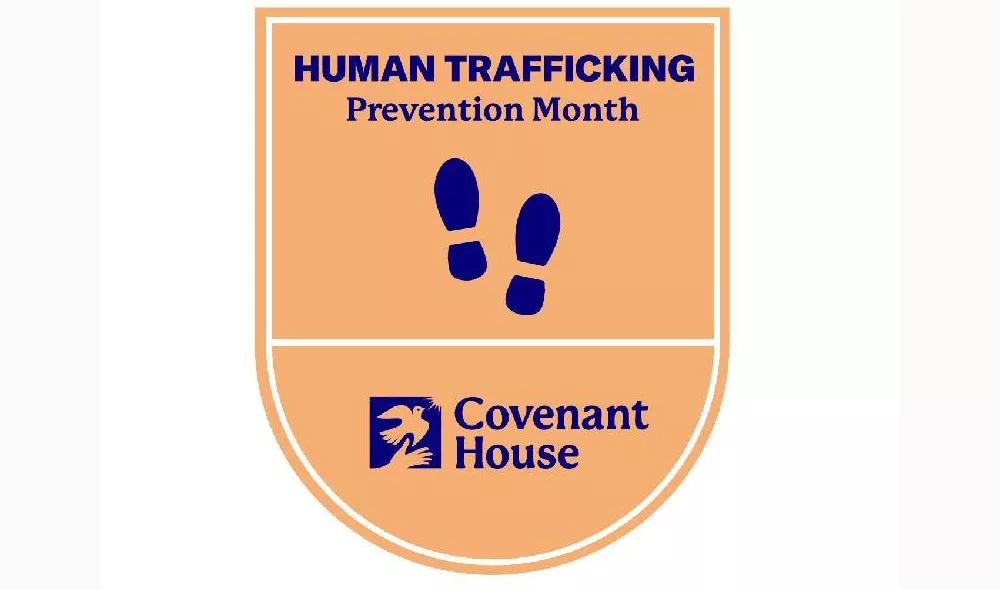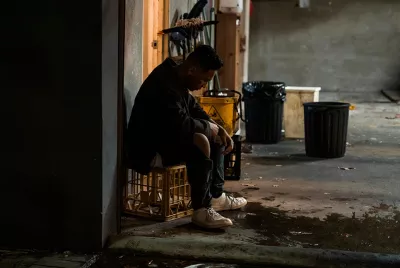JJ: A Survivor’s Story

JJ (not her real name) is a trafficking survivor currently living in a Covenant House safe house in an undisclosed location because there is a real possibility her traffickers will harm if they find her.
It may be hard to believe, but it is a harsh reality — in the year 2022, thousands of young people like JJ are looked upon as prey for the human trafficking industry. A “business” that seeks the most vulnerable among us, including young people experiencing homelessness, and buys and sells them for profit.
"Selling sex and trafficking are often one in the same,” says Jayne Bigelsen, VP of Advocacy at Covenant House and a nationally respected advocate for trafficking survivors. “Trafficking is young people being physically and sexually assaulted. Trafficking is torture. It means PTSD and a variety of other mental health scars. Recovery for survivors is long and complicated, and takes the efforts of a lot of good people.”
It also takes the courage of young people like JJ, who after enduring unimaginable pain at the hands of traffickers, is now a passionate advocate in the fight against human trafficking. This amazing young woman has an internship with the advocacy department at one of our Covenant House locations, where she helps to educate about human trafficking and prevention measures and advocates for laws that will improve the lives of survivors.
“Victims and survivors of trafficking and sexual abuse don't always have a voice and if you can speak up for them, they will later be able to speak up for someone else,” says JJ.
Of the thousands of young people like JJ who find safety and sanctuary at Covenant House, approximately 20% served in the U.S. and Canada are survivors of human trafficking. Among youth who report being offered money for sex, 22% of these young people were approached on their first night of experiencing homelessness, emphasizing the immediate need for more safe, affordable housing for young people who are living unstably.
LGBTQ+ youth are especially vulnerable to sex trafficking. Covenant House research has shown that more than one in four (27%) of our shelter residents in the U.S. and Canada who identify as LGBTQ+ have experienced trafficking.
“Most young people who endure human trafficking are not in chains,” says Jayne. “Instead, pimps may use psychological and emotional coercion that is just as effective. Many young people become traumatically bonded to their pimps; despite enduring horrific violence or manipulation and threats of violence, they believe their pimps love them.”
Covenant House meets trafficking survivors’ immediate needs for food, clothing, shelter, safety, and medical care and we recognize their unique needs for extra levels of protection, including our safe house spaces and rigorous mental health care to help them sort through their experiences and reclaim their potential.
At Covenant House, youth survivors of trafficking are also offered legal advice and representation to pursue legal remedies. Options include reporting to law enforcement and accessing support services. Our lawyers will also represent survivors in legal matters related to their trafficking experiences, including immigration, family, and vacatur or expungement of prior records.
January is National Human Trafficking Prevention Month, and never has the work of Covenant House and our partner organizations been more important than it is today. Criminals who buy and sell young people are successful because of supply and demand. We must provide more crisis, short-term, and affordable long-term housing so that young people are not forced to live on the street and be pushed into choices no one should have to make.
“It was incredibly important to me that the staff at Covenant House believed and validated my experiences and did not degrade me, which happened when I tried to get help from other places,” says JJ. “I want people to know that we all have value, we are all human beings. At Covenant House, I am being treated with the respect and love that is helping me move forward.”
Shelter Is Only the Beginning
From crisis to care: Find out what it's like when a young person enters our doors.


